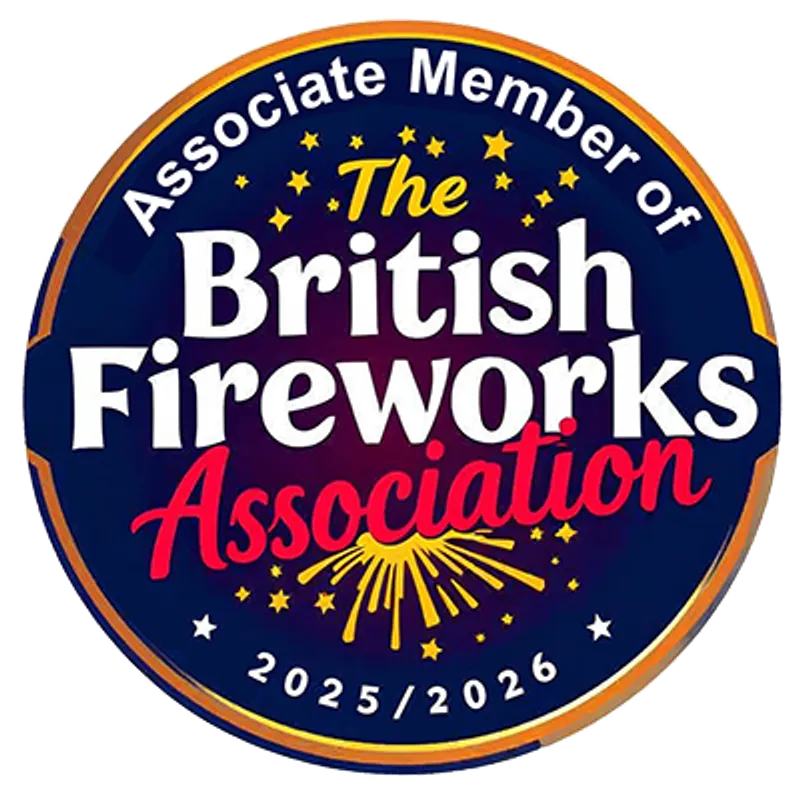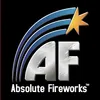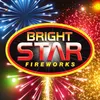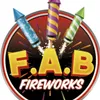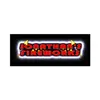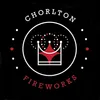Firework Injuries: Prevention and First Aid
Fireworks are a beloved feature of celebrations, from Bonfire Night to Gender Reveal celebrations, to New Year’s Eve, bringing vibrant displays that light up the sky. However, as popular as they are, fireworks can also pose serious risks if not handled safely. Firework injuries, especially burns, eye injuries, and hearing damage, are all too common during peak times. This guide will help you understand typical firework-related injuries, how to prevent them, and basic first-aid actions if something goes wrong. Safety and preparation are key to keeping your celebrations both fun and accident-free.

Common Causes of Firework Injuries
Types of Firework Injuries
- Burns: Skin burns, particularly on hands and faces, are common when people handle fireworks improperly.
Eye Injuries: Direct exposure or flying debris can lead to serious eye trauma, sometimes with long-term consequences.
Hearing Damage: The loud explosions close to the ears can lead to temporary or even permanent hearing loss without ear protection.
Hand and Finger Injuries: Mishandling fireworks is a leading cause of hand injuries, which can sometimes be severe.
Situational Causes
- Misuse: Common mistakes include holding fireworks, improper lighting, or relighting sparklers, all of which increase the risk of injury.
Malfunctioning Fireworks: If fireworks don’t ignite as intended, they can explode unpredictably.
Environment: Setting off fireworks in confined or flammable areas increases the risk.
Injury Type | Percentage of Total Injuries |
Burns | 44% |
Eye Injuries | 19% |
Hand/finger injuries | 28% |
Hearing damage | 9% |
For more on firework safety, check out local firework laws and regulations, as well as our article on firework statistics and facts.

How to Prevent Injuries
Safety Precautions Before Lighting Fireworks
- Prepare a Safe Zone: Use a wide, open space with no flammable items or nearby structures. Safety laws recommend at least 15–20 metres of space for spectators. If you’re planning a DIY display, make sure you know how to use fireworks safely at home.
Check Local Regulations: Only purchase fireworks from licensed UK suppliers like Chorlton Fireworks, as they meet safety standards. Avoid anywhere that does not have a year-round licence and check out all fireworks laws.
Buying fireworks: If you’re a beginner to buying fireworks, make sure to only purchase from trusted, licensed UK retailers who adhere to safety standards. Look for clear labels with instructions, category types, and CE markings, which ensure compliance with UK regulations. Avoid purchasing from anywhere that does not have a year-round licence, as these fireworks may be substandard or even dangerous.
Supervise Children: Children should maintain a safe distance and be instructed never to handle fireworks directly.
Safety Tips While Using Fireworks
- Protective Gear: Use gloves and protective eyewear when setting off fireworks to reduce the risk of burns and eye injuries.
Proper Lighting Techniques: Light fireworks one at a time, step back quickly, and avoid approaching immediately after ignition.
5-Step Checklist for Firework Safety:
- Read all instructions and warnings.
Keep a bucket of water or hose nearby.
Dispose of used fireworks by soaking them in water.
Never attempt to relight faulty fireworks; submerge them in water.
Use long-handled lighters to ignite safely.
Safe Disposal
- Water Soaking: Submerge used fireworks in water for a few hours to prevent re-ignition.
Safe Distance: Dispose of fireworks in a designated bin, far from buildings or structures.
Top Prevention Tips:
- Always use fireworks in wide-open spaces.
- Avoid handling unexploded fireworks.
- Do not use fireworks if under the influence of alcohol or drugs.

Essential First Aid Knowledge
Immediate Steps for Common Injuries
- Burns: Cool the burn under running water for at least 10 minutes. Avoid applying ice directly, as it can damage the skin.
- Eye Injuries: Do not rub the eye. Cover lightly with a clean cloth and seek immediate medical assistance.
- Ear Injuries: Move to a quieter area, and if hearing issues persist, consult a healthcare professional.
Recommended First-Aid Kit for Firework Events
A small first-aid kit tailored for firework events can make all the difference in an emergency. Essential items include:
- Basic Supplies: Sterile gauze, bandages, saline solution, burn ointment, and eyewash.
- Additional Items: Earplugs for hearing protection, gloves for handling spent fireworks, and a small fire extinguisher.
3-Step First Aid Actions:
- Assess the Injury: Check the injury’s severity.
- Clean and Treat Minor Injuries: Use sterile supplies to clean and bandage minor cuts or burns.
- Seek Emergency Medical Attention: For severe burns or eye injuries, contact emergency services immediately.
For comprehensive advice, refer to the NHS’s First Aid Guide.
Fireworks can be enjoyed safely, but only with responsibility and adherence to UK safety standards. By understanding the risks and taking preventive measures, you can reduce the likelihood of injuries and ensure a safe celebration. Remember, preparation and caution are your best defences against firework accidents. For more firework safety advice or information on safe firework handling, feel free to reach out to Chorlton Fireworks—where quality fireworks meet uncompromising safety standards.
350 Barlow Moor Rd
Chorlton
Manchester, M21 8AZ
07810 222123
info@chorltonfireworks.com
